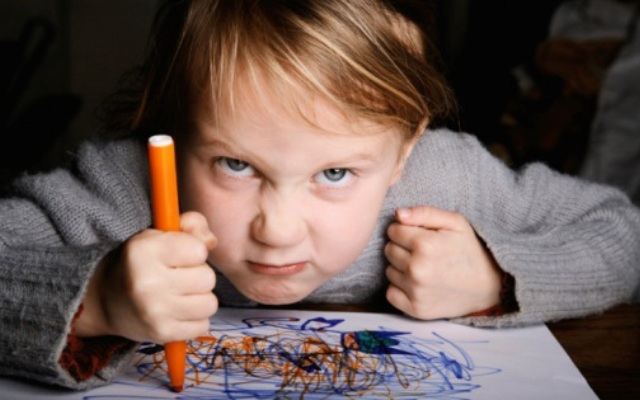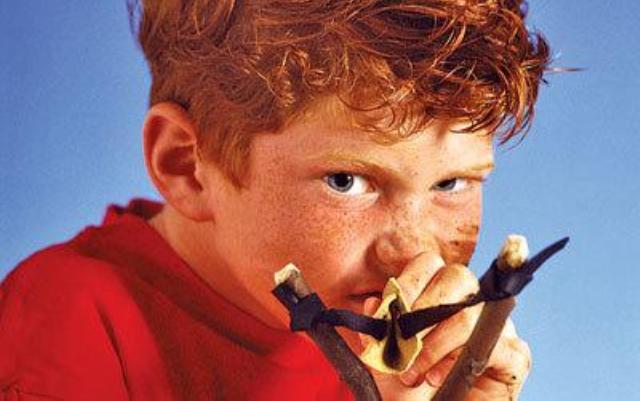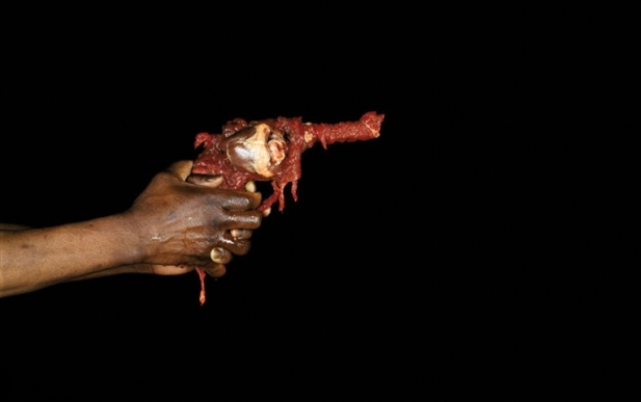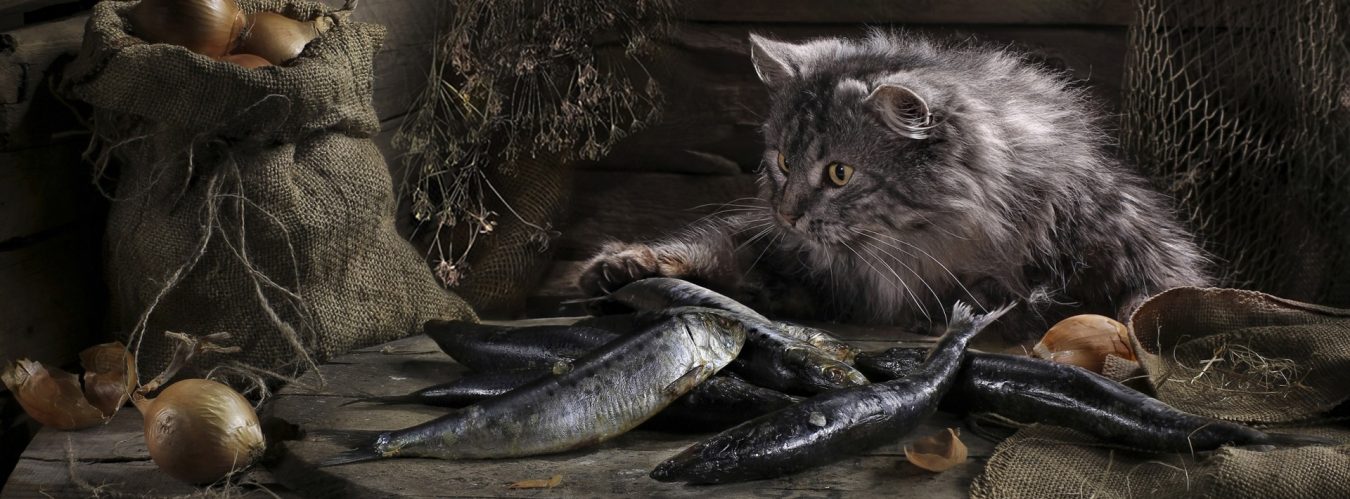 Unbelievable facts
Unbelievable facts
Professor Richard E. Tremblay from the University of Dublin has offered his own way of understanding what is really going on in the mind of a ruthless criminal.
To do this, he studied the rage of a two-year-old child who, on his way, pushes, bites, hits, kicks, grabs, etc., if he doesn't get what he wants.
It's not hard to imagine. Now imagine a child doing the same thing, but with the capabilities of an 18-year-old.
This is how the professor imagines an ordinary two-year-old and a standard violent criminal.
Aggression in children
That is, a child is a creature who, at the level of reflexes, uses physical aggression to get what he wants, and a criminal is a person who, after many years, has not learned to find other ways to solve your problems.

In other words, the criminal does not become violent; he simply remains so.
Several very large studies have been conducted on this topic in different parts of the world, and all of them have come to a unanimous opinion.
According to Brad J. Bushman, professor of psychology at Ohio University, young children are more likely to be physically aggressive than members of teenage crime groups. “It's good that kids don't carry weapons with them,” the psychologist jokes.

Professor Tremblay is the son of a famous football player. For a while, he himself was enthusiastic about this game. As a psychologist, Richard was very interested in the version of “regulated” physical aggression (which is what he called football).
After graduating from college, the professor devoted several years to studying social work in prisons and became convinced that “correctional programs” in very rare cases can guide the true violent criminals.
After a child who is prone to aggression reaches a certain age, it is too late to change anything about him.

That is why Tremblay's professional interest has shifted over the years to very young members of the human race. He came to the conclusion that the younger the baby, the more he exhausts the people around him with his unacceptable behavior.
Aggression in preschool children
As a rule, in the case of adolescents, the number of cases of physical aggression that occur to them per month is very low. For a baby who has just learned to walk, they can happen several times per hour.
Kids know when adults lie
For most children, the peak of the “two-year crisis” is just 24 months. Then, gradually, the amount of aggression begins to decrease and, in normal cases, fades away at the very beginning of adulthood.

But as Tremblay and his colleagues found out in a 1999 study, some children develop in a different way.
Experts have monitored the development and change in behavior of more than 1,000 children belonging to the most disadvantaged families living in the Canadian province of Quebec. They observed children ranging from kindergarten to 18 years old. They were able to find that boys' physical aggression went through four stages of change.
The excessive popularity of children causes them to be aggressive
The most unproblematic and non-aggressive group included 20 percent of children. During all years of study, they showed minimal physical aggression. Two groups with more children had moderate to high levels of aggression in the early stages of development.

As they grew older, children in these groups became less aggressive, and by the age of 20 they found the necessary degree of calm. The fourth, smallest group, included five per cent of all children.
The level of physical aggression in these subjects also peaked at the age of two, but later aggressiveness declined much more slowly. The aggressiveness curve looked more like a plain than a hill, as in the other groups.
At the turn of adulthood, just before the beginning of adulthood, the aggressiveness of these young men began to take on very dangerous features. At 17, these guys were four times more aggressive than their “colleagues” from other bands. They committed offences 14 times more often.

As it turns out, it is people from this “chronically aggressive” group who commit most of the most brutal crimes. It should be noted that all information applies only to boys, girls' physical aggression goes away in the same way, but its level is much lower.
Seven years later, the same group of specialists conducted another study, the results of which only confirmed the earlier conclusions.
Psychologist Tremblay says the results are optimistic because they prove that a person is more likely to cultivate good qualities than violence.

Each of us is going through the so-called two-year crisis. But then, gradually, we learn to use words and good deeds to get what we want, replacing physical aggression with them.
We're all learning to keep our feelings under control. From the third year of life, a person will learn such important strategies for behavior in society as personal charm, negotiation and bargaining.
Gradually, we learn to “read” situations, using previously learned strategies to solve a particular problem.
But what about those five percent of “chronic” aggressors? If such people can be identified in kindergarten, is there a way to make their aggression curve decline?

According to psychologist Tremblay, experts have yet to work on this. Currently, in developed countries, there are certain social programs under which parents study. These programs are bearing fruit.
But it is extremely difficult to involve disadvantaged families in such programs, who need it the most.
Another difficulty lies in the fact that such programs must be introduced into the lives of parents at the earliest stages of a child's development, and not stopped working throughout the child's preschool age.
Professor Tremblay is now planning a new study. He intends to collect as much information as possible about a certain number of mothers and their newborns, and then monitor the development of their offspring for 20 years.
Based on the results of his work, the scientist hopes to discover factors that influence the onset of chronic aggression, and thus learn how to get rid of it.
